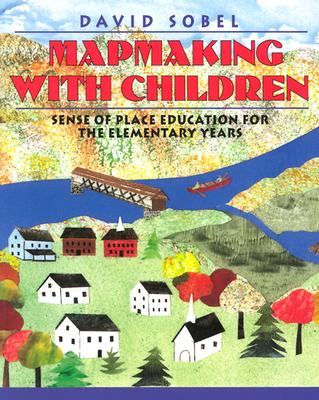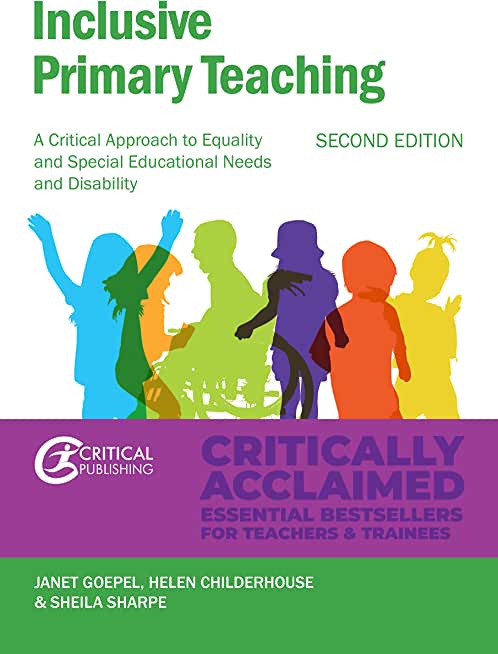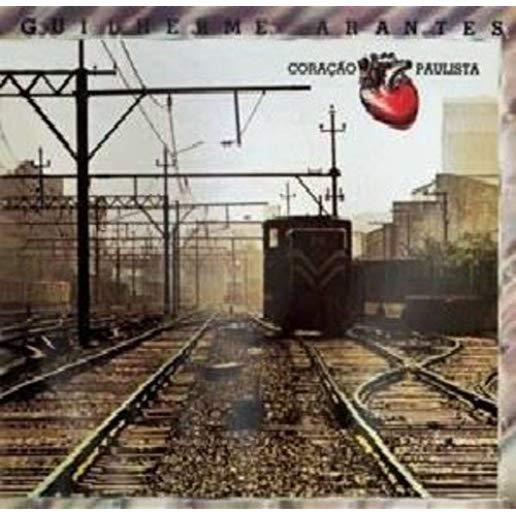
Sobel, David
As Sobel explains, "In the beginning, children's maps represent their experiences of beauty, secrecy, adventure, and comfort. With these affective endeavors as a foundation, I then gradually start to focus on scale, location, direction, and geographic relationships. The development of emotional bonds and cognitive skills needs to go hand in hand in my approach to developmentally appropriate social studies and geography." To that end, his book identifies each stage of development, presenting relevant theoretical issues and several appropriate projects.
In the beginning, students stay close to home, mapping their known world. Gradually, they move on to their neighborhood, developing a sense of place, scope, and perspective. Eventually, once students are older, they explore the nation, the world, even the solar system, creating raised relief maps and contour maps to develop visual literacy and spatial reasoning skills. Vivid illustrations of the students' work are provided throughout to let you observe each stage of development.
Mapmaking, as Sobel uses it, has relevance across the curriculum. In addition to appealing to social studies teachers, this book will be of interest to science teachers, language arts teachers, and math teachers looking for new ways to invigorate the curriculum.







